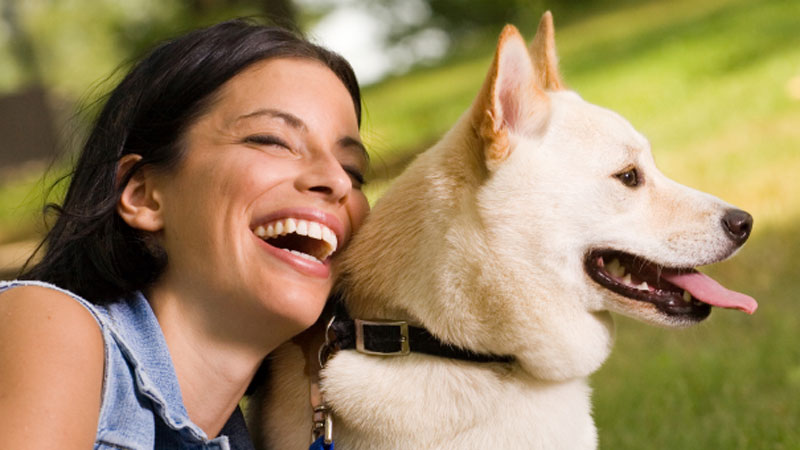Diagnostic tests
Vets have an extensive range of diagnostic tools at their disposal for assisting in diagnosing a condition when it has not been possible to discover what is wrong with a patient from a clinical examination alone.
Sometimes it is obvious what the problem is when a dog comes into the consulting room - a sore ear, broken nail, or skin infection for example. But with other symptoms it is not always obvious - a dog might just be a bit under the weather, or a little lame, or not eating. In these cases, further tests are required to establish a diagnosis.
Blood tests are probably the most common diagnostic test used in clinics. Many can be done in-house but other less common tests are sent away to an outside lab. Blood tests would be the first test performed in any dog that has a temperature, is not eating, lethargic, drinking more than usual or losing weight. Many results will come through the same day, so they are a fast and efficient way of gaining information about a patient. Blood samples are collected into different types of tubes depending on weather you are looking at the blood cells (to assess the red and white blood cells and platelets), the plasma or the serum (to measure chemicals that help us to assess organ function among other things).
Another common test is urinalysis. Again, this can be done in house or sent away to an external lab for more in-depth analysis. If an animal is drinking more than usual or struggling to pass urine, then we will look at the urine for signs of diabetes or an infection. The urine can be examined under a microscope to look for crystals, bacteria, or abnormal cells. It can also be cultured if an infection is suspected. This is helpful at identifying the bacteria causing an infection so enabling us to choose the correct antibiotic.
Swabs can be taken from infected skin or ears. These are sent away to external labs for examination under a microscope and culture. This allows us to tell if the problem is purely inflammatory or yeast/ bacteria/ parasitic infection. Swabs are cultured to determine the best antibiotic to use for an infection. Additional tests for skin inflammation include a scrape - this is a specific test for mites.
Faeces are sent off in cases with prolonged or recurrent diarrhoea. We ask clients to supply a pooled poo sample - this is a sample from 3 different poos! Some infectious agents are only shed intermittently so a single sample might give a negative result when the dog is actually carrying an infection.
Most practices will have an X-ray machine on the premises . These are useful to radiograph a lame dog when the cause of lameness is not obvious. We also use X-rays to look at a dog’s chest if it's breathing is laboured or to take a picture of its abdomen if it is painful or bloated.
Ultrasound is another useful tool again available in most practices . As opposed to X-rays which are excellent for looking at bone structure, ultrasound is better for viewing soft tissues such as the heart, bladder, or intestines. Both X-ray and ultrasound give instant results so are very useful if a rapid diagnosis is required. In some cases, neither of these disciplines give us sufficient information about an area of the body. A CT or MRI scan will give detailed pictures of parts of the body and are commonly used to view the head, spine and inside a joint. Few ‘first opinion’ practices have access to these so cases requiring an MRI or CT scan will generally be sent to a specialist referral clinic.
Fine needle aspirate (FNA) be performed on skin masses. A needle is introduced into the mass and a syringe used to suction cells out. These are squirted onto a slide and examined under a microscope. The cells are assessed primarily to detect cancer cells.


